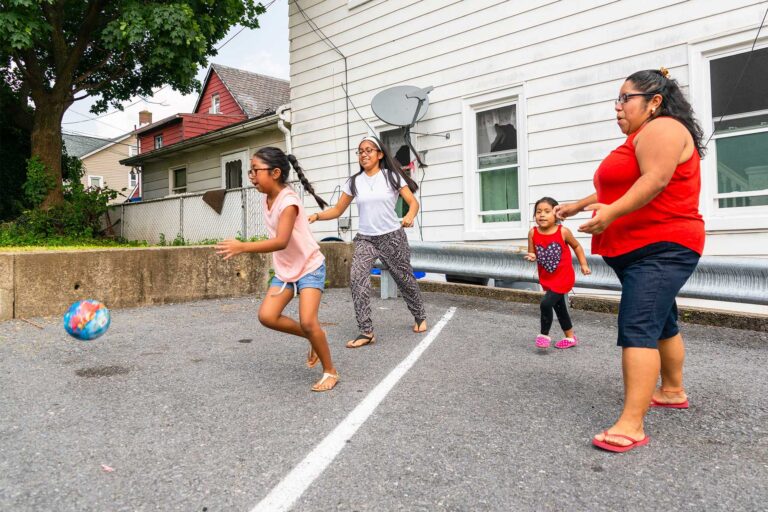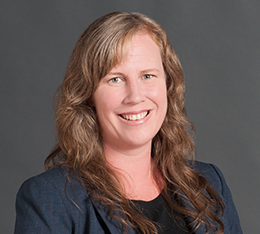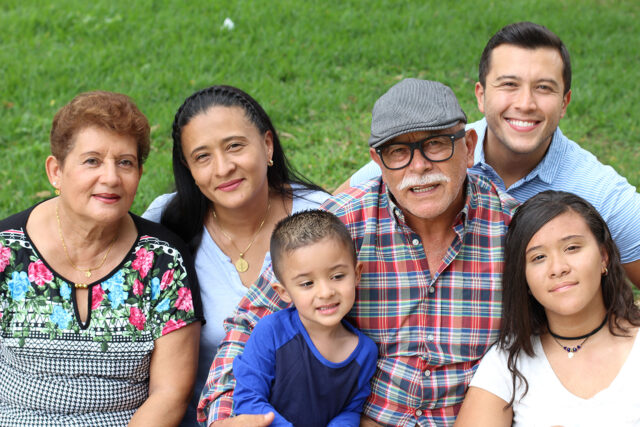California is home to about 11 million immigrants, three-quarters of whom are naturalized or legally residing. But about 2.5 million are undocumented and ineligible for most safety net benefits. Through Disaster Relief Aid for Immigrants (DRAI), funded by state executive order in April 2020, California dedicated $75 million to assist undocumented immigrants affected by COVID-19—providing individuals with $500 and families with up to $1,000.
The Coalition for Humane Immigrant Rights (CHIRLA) was one of 12 organizations tasked with creating this emergency program. We talked with Joseph Villela, director of Policy and Advocacy at CHIRLA, about the experience.

PPIC: What are the greatest needs of the communities you serve since the pandemic started?
JOSEPH VILLELA: In March, we surveyed our members—predominantly Latino and immigrant workers—and their concerns were about their safety, school closures, and their jobs exposing them to the virus since many don’t have health insurance. People worried about how long their savings would last and about paying rent. Just a month later, more than half had about two weeks of savings left. You can imagine how immigrant communities are feeling now.
PPIC: How effectively did DRAI meet these needs?
JV: This was a unique and successful program created and launched in less than a month. The state allocated funds to serve about 150,000 people under DRAI; so only 6% to 8% of undocumented residents received that aid. There were also county caps: LA County limit was 40,000 people, but about a million undocumented immigrants live there.
The aid was significant for those that got it, but the need was so much greater. The first day of DRAI, CHIRLA got 1 million phone calls—our phone lines crashed. Because the state required people to apply by phone, demand continued. We averaged over 100,000 calls a day. And we were able to disburse $75 million very quickly to people who needed it. But there needs to be more investment in community-based organizations, especially if the state needs to rely on them to reach hard-to-serve groups.
PPIC: What are longer-term challenges facing immigrant communities?
JV: The economic impacts of the pandemic will last years. We need to consider the state’s role in providing more permanent relief for Californians who cannot access benefits—such as housing or CalFresh. Recent legislation may help prevent evictions, but people must eventually pay and could wind up in court. There could be major displacement.
PPIC: What type of research could help policymakers better respond to immigrant communities?
JV: It would help to examine how CARES (Coronavirus Aid, Relief and Economic Security Act) funding was allocated relative to need. Los Angeles County used some CARES funding for emergency food assistance to undocumented residents, but the LA County program will provide additional assistance for about 10,000 immigrants.
We also need more work on mixed-status families. Eighty percent of immigrants have lived in our state for over 10 years and paid taxes. With the expanded California Earned Income Tax Credit, now they can get something back, but often they pay taxes and can’t access services or receive refunds. More information on economic impacts and tax contributions across state assembly and senate districts would help legislators recognize this is not just a “Latino” issue, but is important for their district.




